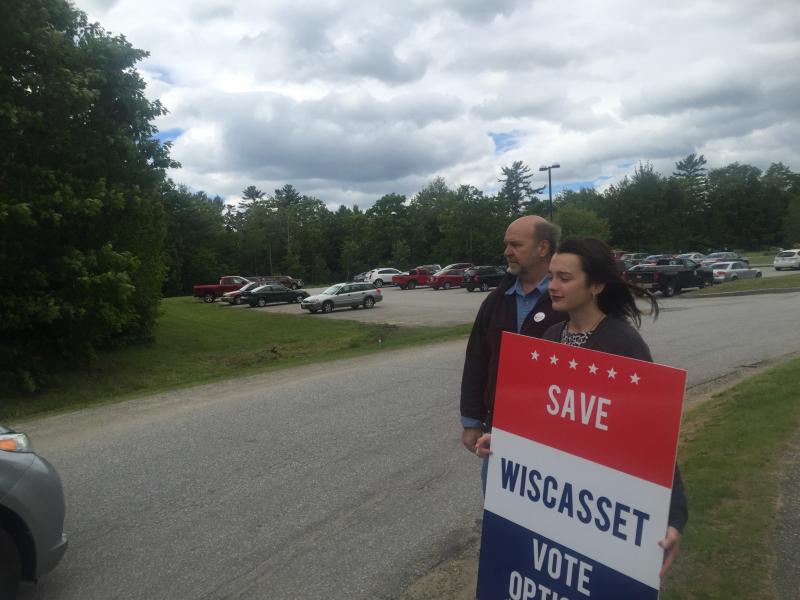The verdict is in: Wiscasset voters chose Option 2 of the Maine Department of Transportation’s downtown traffic proposals at Tuesday’s election.
Option 2, the proposal recommended by MDOT that eliminates all parking on Main Street between Water and Middle streets, received 426 votes. Finishing second with 206 votes was Option 3, the “do nothing” proposal while Option 1 received 90 votes.
“I’m obviously pleased with the results and glad it was a decisive vote,” Gerry Audibert, MDOT Regional Engineer, said after he learned of the results shortly before 11 p.m.
“There’s a lot of work that still needs to be done because much of the design is conceptional. It’s exciting to know we can start moving forward,” Audibert added.
Selectmen promised to make their recommendation to MDOT based on the outcome of the non-binding referendum. Three of the board’s five members, Selectmen Judy Flanagan, Judy Colby and Chairman Ben Rines were at polls when he results were read.
“I think it was a good choice for Wiscasset,” Flanagan told the newspaper. “I really feel that those who have reservations about this will be happy with the changes once they’re completed.”
Rines said he was glad it was a decisive vote and would support the majority, although his own preference was the “do nothing” option.
“The people have spoken,” Colby commented.
Some business owners fear the planned wider sidewalks and the loss of Main Street parking would turn away foot traffic and make deliveries more difficult. Other business owners think the planned improvements will attract more shoppers downtown.
Along with the two downtown traffic signals and lighted pedestrian crosswalks, other MDOT improvements include paving Railroad Avenue where a sidewalk will be built along with a 26-space parking lot. Additional parking and sidewalk improvements are planned alongside the Creamery Pier.
MDOT has offered to add park benches, landscaping, lampposts and directional signage. According to traffic engineers, implementing Option 2 would result in a 58 percent reduction in summer traffic delays.
The state will pay for all the engineering and construction costs estimated at between $4 million to $5 million dollars. Construction would begin in 2017.























